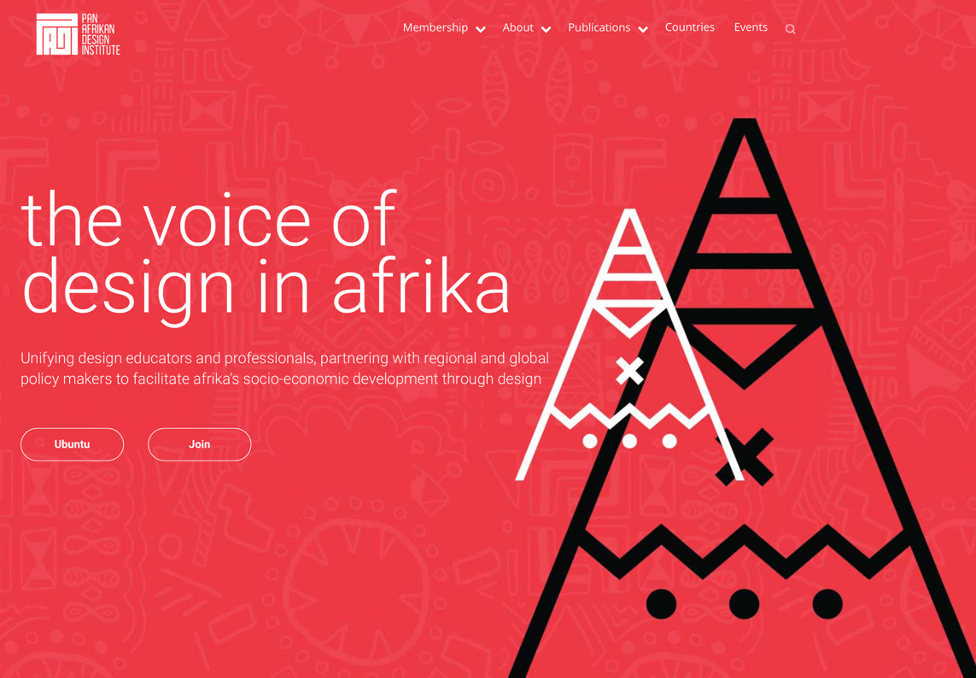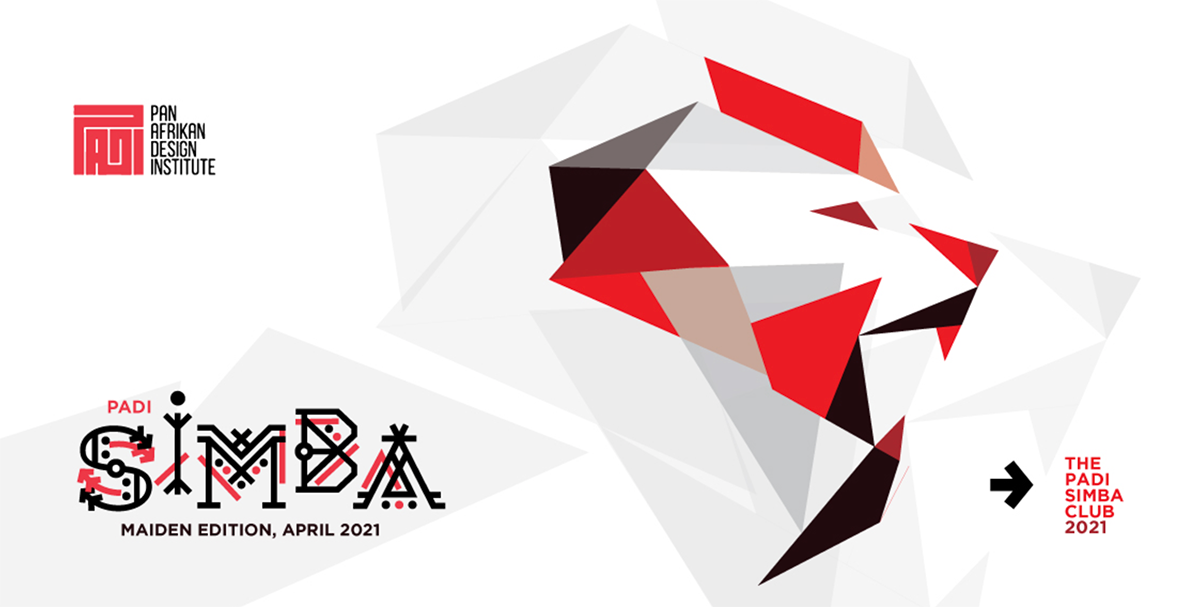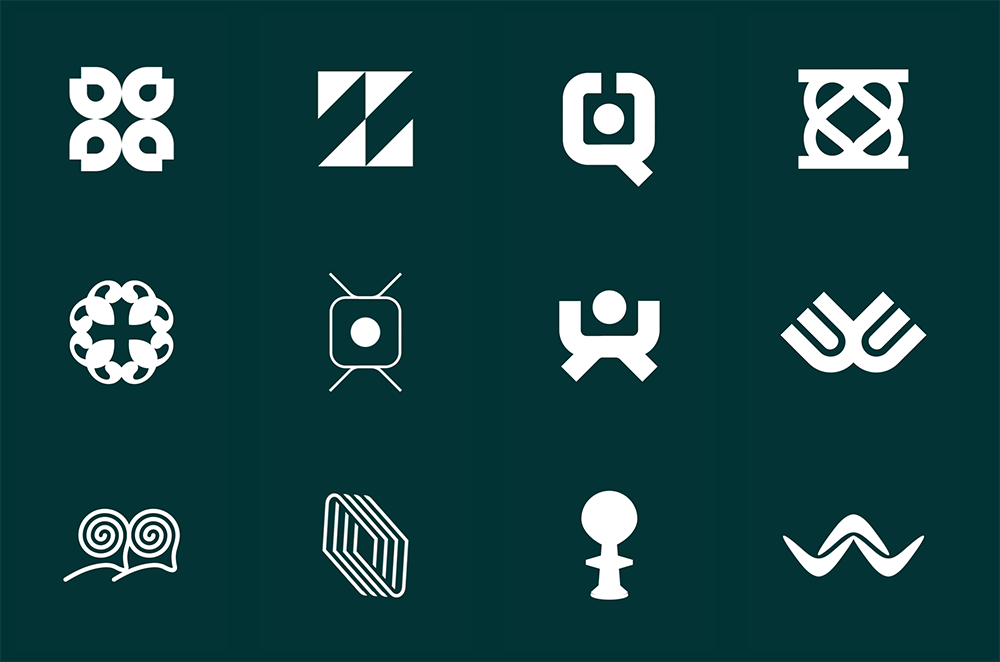As a white European liberal I like to think I’m free of irrational prejudices of all kinds. But I’m also a graphic designer. Can I say that I’m free of prejudice or bias in this area? Do I, for example, value contemporary African graphic design as much as I do its European or American counterparts? Only a white supremacist or someone with the aesthetic sensibilities of a dung beetle would fail to see the magnificence of African art, and the same goes for African costume, textiles, and fabrics. But can contemporary African graphic design be held in equally high esteem?
This question was prompted by two recent encounters. First, an urgent call within academia (and increasingly within the practice of design itself) for the decolonization of our discipline; and second, the discovery of the Pan Afrikan Design Institute (PADI)—an institution that seeks to, in their words, empower design professionals and facilitate growth in the Afrikan design industries, as well as promoting design education as an essential profession required for the 21st Century.
For those of us steeped in the Western tradition and involved in the teaching of design, it’s no longer appropriate (or sustainable) to approach our discipline as a single, monocultural entity. There is an immediate, global need to reappraise our attitudes and reassess our practice, something that current students demand and future students expect. (I owe my awakening on this topic to my students.)
In a recent essay in the publication Graphic Design In Conservative Times, designer and educator Ramon Tejada explores precisely this issue. “I found an urgent need to start asking pointed questions,” Tejada writes. “To use my voice and begin to puncture through the sanitized veneer of Design, its Traditions and its preference for privilege, homogeneity, exclusivity, wealth, and elitism. From my current perspective, many of these Traditions uphold the status quo, and in essence harken back to the ‘good old days’.”
Tejada’s use of the word puncture is apposite. The Providence-based designer—who self-identifies as an independent “New Yorkino/Dominican/Latinx/ Black + Brown/Afro Caribbean/American designer and educator”—pierces the blanket of delusion that so many of us wrap around ourselves. “The irony is of course,” he writes, “[these ideas] are often espoused and propagated by people who would be horrified to be called or to be associated in any way, shape, or form as politically conservative.” (Ouch.)

Home page PADI website
To get a better understanding of the current state of African graphic design, I spoke to Felix Ofori Dartey, PADI’s Vice President and Chief Operating Officer. The son of a Ghanaian design academic, Ofori Dartey studied in the UK where he completed his MA at the University of Leeds. While a student, and in an attempt to ensure that his own practice included a professional dimension, Ofori Dartey’s tutors encouraged him to take part in various graphic design awards schemes. This, in turn, inspired him to set up an awards scheme for Ghana. But when he showed the entries to his UK tutors they were puzzled. “Are you sure this work was made in Ghana? It’s too Eurocentric. Where’s the African design identity?”
This observation led him to consider what an African design identity might be: “Talking about it with friends,” he says, “we quickly realized that we can’t come up with just one identity. We can’t even say what a Ghanaian design identity is—there are so many different aspects—so how are we going to do it for fifty-four countries in Africa, all with different cultures?”
PADI itself emerged from the realization that what was needed was both a platform and a forum for the advancement of African design identities, plural. By acknowledging the natural plurality of identity, Ofori Dartey and his colleagues could begin to address the vast spectrum of creative expression within the African continent. “The more people who share ideas,“ he observes, “the more it stimulates others to come up with something.”
But can African design identities emerge at a time when global capitalism seeks the “homogeneity” and “sanitized veneer” that Ramon Tajada so rightly opposes? Surely commercial imperatives will result in the extinguishing of indigenous elements for fear that they might not travel across national boundaries. At the group’s first Afrika Design Day, in February 2020, speakers boldly advocated resisting this dilution and emphasized the need for “harnessing the accumulated knowledge held in local communities that might otherwise be ignored or lost”. This is often referred to within the larger rubric of what are called Indigenous Knowledge Systems, or IKS.
Among the speakers was Professor Saki Mafundikwa, who both questioned and clarified the importance of national identity. “After interrogating the concept of Afrikan Design, we concluded that what Afrikan designers lack is confidence in their work,” he observed. "This is mainly caused by the widely held notion that design is a Western concept.”
Mafundikwa went on to say that in light of Africa’s own rich pre-colonial history, African designers had no reason to lack confidence: “Afrika invented writing! Afrika invented civilization!” he insisted. “Ancient Egypt was ruled by Afrikans who are responsible for all these achievements. This knowledge spread southward to Nubia and much later to the other parts of Afrika. There are monuments in different parts of Afrika that are visible evidence of this. On top of this,” he added, pointedly, “Timbuktu gave humanity its first university and there were manuscripts that survived up to this day that attest to this feat, but unfortunately, many of them were burned and destroyed by Islamic extremists.”


PADI web design and Simba Club design by Sam Nii Adjaidoo & Dreambranders'
In general, no matter where you are, where aesthetics are concerned, our personal preferences tend to prevail. We admire what we like, and dismiss what we don’t. We are groomed to seek fluency in criticality—the art of critique as the pursuit of excellence—but when we pass judgement on the work of others, our own biases are summarily activated. In the case of African design, what are deemed appropriate criteria for judging? Is it justifiable to apply Western aesthetic principles? Are non-African designers even qualified to express an opinion on what constitutes excellence, or novelty, or innovation in African design? Some would say not: such judgment smacks of Colonial-era oppression, of cultural supremacy and racial ignorance. Yet conversely, might there be space for broader, more timeless notions—sacred geometry or Jungian archetypes, for example—that allow us to override the complex tapestry of cultural biases we inevitably bring to any aesthetic verdict?
Felix Ofori Dartey takes the view that “design knowledge is universal.” He notes that “European, American and Asian elements have found their way into contemporary African design. And if we use graphic design as an example, we can’t say we will forego word-spacing, kerning, and white space, and only come up with our own ideas. But I believe we have elements that we can add—African patterns and colors, for example.”
The work of designer Simon Charwey—secretary of DesignGhana, a member of PADI, and the designer of the group’s logo—provides resonant examples of how West African symbology can be used in modern communications. In an interview on the LogoCreative website, he describes how he draws daily inspiration from the “great ancestral marks like the West African (Ghanaian) Adinkra symbols, emblems, regalia, cherished monuments and well-esteemed artifacts, which are over 200 years old. Emphasizing that, much of my inspiration or design process is driven by research and, love and appreciation for African culture.” The PADI logo, Charwey told me, was inspired by the Adinkra Nkyinkyim Adinkra symbol and other similar ones. “Almost 99.9% of my logos for clients and the 1000 symbols I created were inspired by indigenous African design and African symbology.” (Charwey is currently at work on a book of African logos inspired by indigenous African iconography.)

African logos designed by Simon Charwey
It bears saying that African cities are amongst the fastest-growing in the world. The introduction of new technologies is allowing Africans to bypass the traditional obstacles to prosperity, and the African Development Bank has predicted rapid recovery from the continent’s worst economic recession in half a century, brought about by the Covid-19 pandemic. All of this bodes well for African design. The efforts of PADI and other organizations encourage us to think that African designers will continue to craft vibrant design identities that retain indigenous resonance and value, resisting the neutrality and blandness that almost inevitably accompany commercial prosperity. And that is something that all designers could take inspiration from, including—and especially—in the West.
